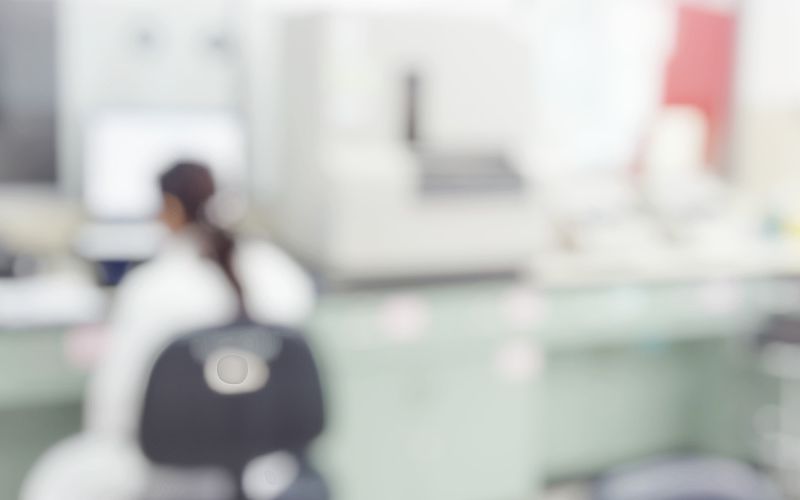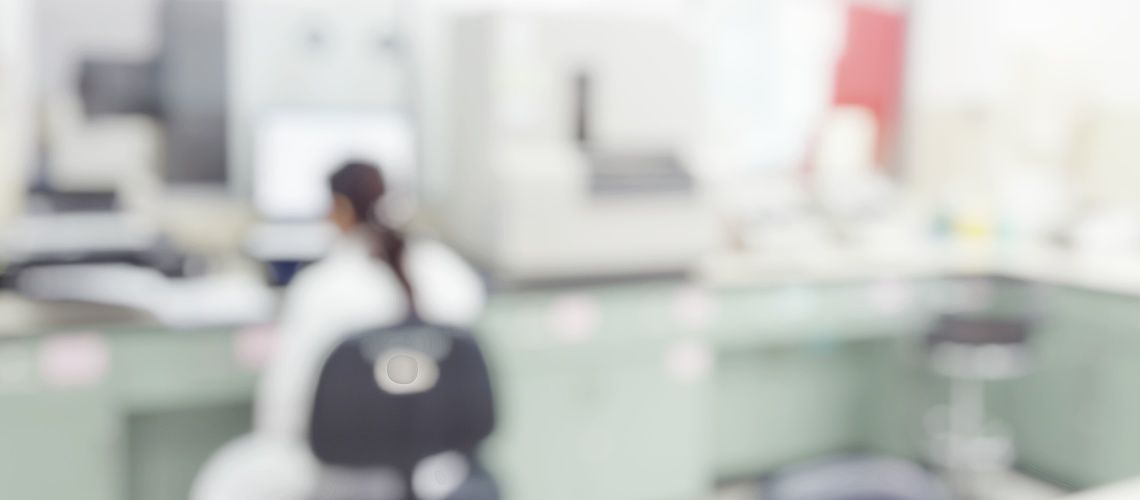Method Validation vs. Verification: Breaking Down the Difference


Method validation and verification might sound similar, but they're actually quite different. Third-party validation confirms a particular method's performance characteristics. Then, once a lab decides to offer that new method, it must perform a verification.
Understanding the distinction between these processes is crucial for you and your personnel. The integrity of your data rests upon it, as does your accreditation.
"I talk about this a lot and there are some wide eyes: 'What? Why are we doing this?'" says Patsy Root, regulatory affairs manager for IDEXX Water North America, in an interview for Currents. "The differentiation between validation and verification might still be a question in some minds."
If the details of method validation and verification remain fuzzy to you, it's time for a refresher.
Validation: Confirming a Method's Performance Characteristics
Water labs use a range of analytical testing methods for microbiology, chemistry, radiochemistry, and whole effluent toxicity (WET). Any new method for water testing must go through validation by an independent outside entity or third party before it can be used in a lab setting.
Root explains that third-party validation results confirm the method's performance characteristics, such as its sensitivity, specificity, false positive and false negative rates, repeatability, reproducibility, measurement of uncertainty, and statistical analysis of data.
Before getting regulatory approval, the new method goes through a comparison process. Outside of the United States, the French organization AFNOR is one group that certifies water analysis methods. Stateside, the Environmental Protection Agency (EPA) uses alternate test procedures laid out in the Clean Water Act as a precursor to regulatory approval. These organizations set up trials for the study, gather data, analyze the data, and put out a report about the method.
Any lab responsible for compliance testing that submits data to the state or the EPA is required to use approved methods. "What a validation study does is demonstrate to the general public and to regulators that the performance characteristics of the method have been confirmed by an outside entity," Root explains.

Verification: Evaluating a Method's Viability in Your Lab
Your water lab can't just start using any method available on the market, as tempting as it may be. Working a new process into your lab operations can be costly — especially if it leads to data errors. Once a method is validated, your water lab must perform verification to ensure it makes sense for your business and can be efficiently executed by your staff.
"(Lab managers) have to prove to themselves and their analysts — and usually their quality assurance manager — that the technicians can perform the method and get the same kind of results that are described in the validation report," Root says.
The goal of verification is to confirm a subset of the method's validation performance outcomes. For example, let's say that your lab currently uses membrane filtrations to look for total coliforms and E. coli in water, but you're thinking about bringing in an enzyme substrate test. First, you'll choose a few performance characteristics to verify, such as specificity, selectivity, and repeatability, Root explains. Then, you'll complete a side-by-side comparison of the two methods, typically 10 to 20 split samples, which could be field samples or ones spiked with quality control strains.
You'll compare these results to the method validation data. Your own data should go into a verification report that's kept internally, she advises, usually by the quality assurance officer.
"Yes, it's a lot of reporting," Root acknowledges. "But it's important because you can't just randomly bring methods into the laboratory if you don't know whether your analysts are going to be able to perform them well — or at all."
The Importance of Proper Verification
Verification proves to your auditors and your clients that your lab can perform the new method correctly. Improper verification could raise serious questions about data integrity down the line. Root poses this all-too-real scenario: If your lab ends up in court and the litigation team finds that you never performed a verification, they could ask, "How do you know that your data can be trusted?"
She's seen this happen, and considers these cases as sharp reminders of why completing method verification is so crucial.
"It's one way that laboratories, through their accreditation process, are assuring their customers that their data is of known and documented quality," Root says. Staying on top of the verification process, as tedious as it may be, is essential for your lab to better serve clients, support its scope of accreditation, and keep its good reputation.






